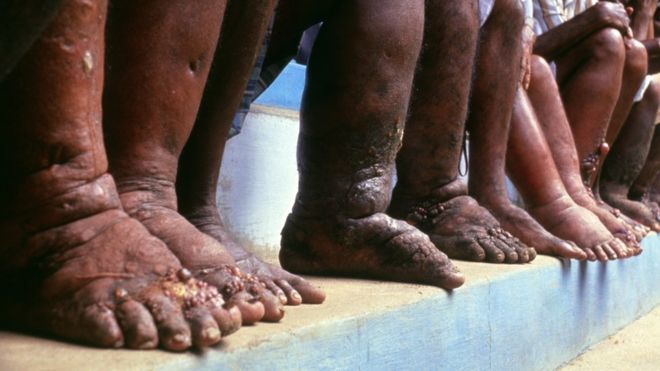
Nursing Interventions for Filariasis
Monitor client’s vital signs, particularly the temperature. Assess skin color and integrity. Note for wounds, bleeding or any skin changes. Assess for any discomfort and pain. Provide wound care. Elevate affected body area to reduce swelling. Administer medications if ordered and discuss them to the client. Assess for reactions to the drug therapy. Provide support […]
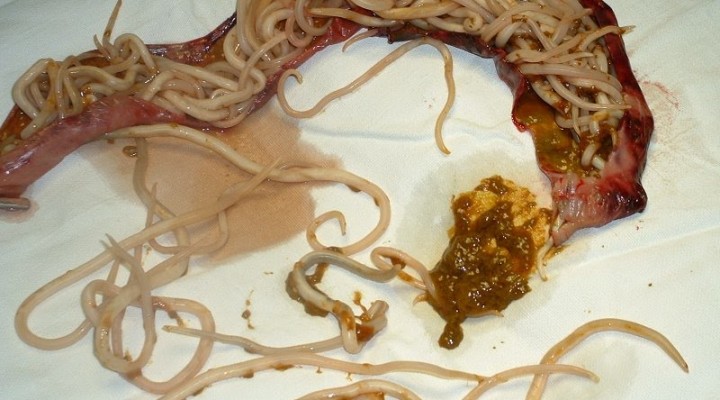
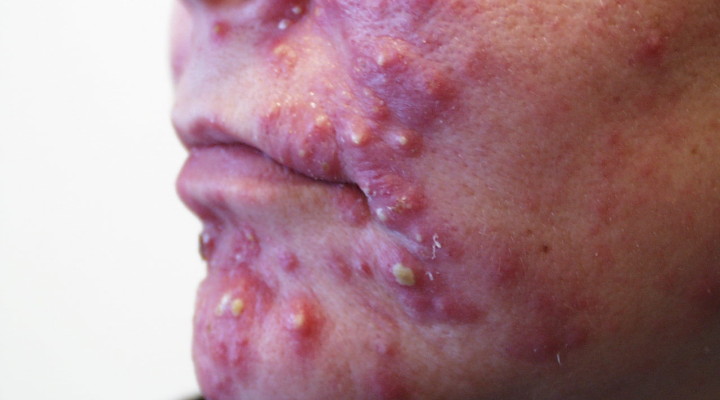
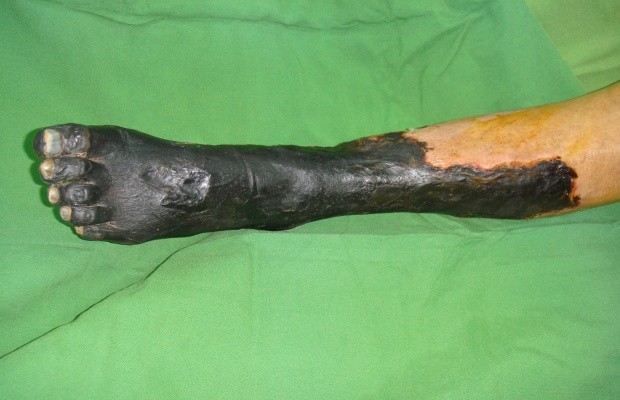
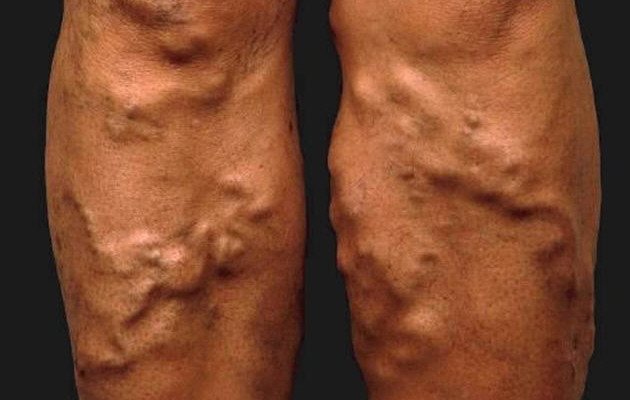
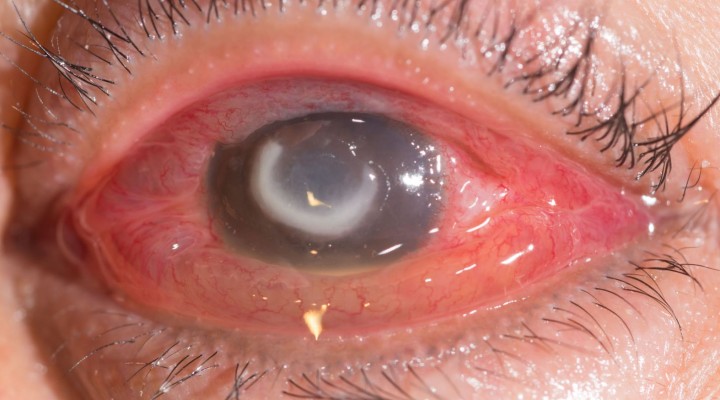








Recent Comments